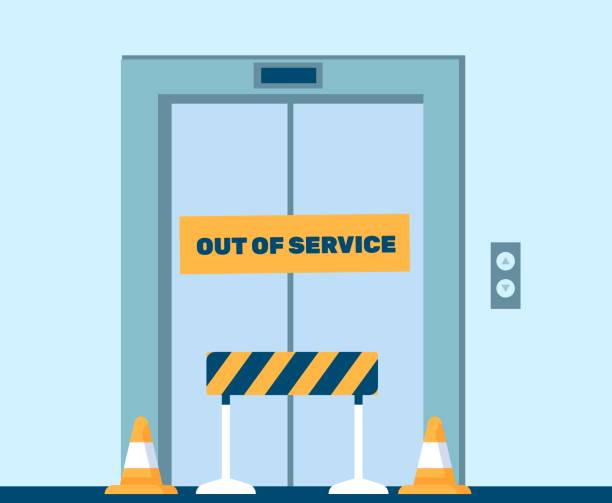Comprehensive Overview to Elevator Solutions and Their Upkeep
Navigating the intricate world of elevator systems and their upkeep is a job that requires accuracy and understanding. From the various kinds of elevator systems in use to the precise adherence to safety regulations, the upkeep of these upright transportation devices is a multifaceted venture.
Types of Lift Equipments
The most common types include hydraulic elevators, traction elevators, machine-room-less lifts, and vacuum elevators. Hydraulic lifts are suitable for low-rise structures and utilize a hydraulic piston to move the lift automobile. Machine-room-less lifts are a space-saving option as they do not require a different maker area for the elevator equipment.
Each kind of lift system has its very own benefits and negative aspects, making it vital for building owners and designers to thoroughly consider their specific requirements before picking the most ideal alternative. Variables such as developing height, space schedule, power efficiency, and budget plan restraints all play a considerable function in establishing the finest elevator system for a specific building.
Typical Upkeep Problems
Routine maintenance of lift systems is crucial to ensure smooth operation and lengthen their life-span. Regardless of routine upkeep, lift systems can still come across typical upkeep concerns that require to be quickly resolved to stop disruptions in solution. Routine evaluations and positive upkeep can help determine and solve these usual upkeep issues prior to they intensify and affect the general performance of the elevator system.
Safety And Security Rules and Conformity
Sticking to strict safety and security guidelines and guaranteeing compliance with industry requirements are paramount for maintaining the operational integrity of lift systems. Elevators go through an extensive set of security regulations to safeguard guests, maintenance personnel, and the basic public. Regulative bodies such as the Occupational Security and Wellness Administration (OSHA) in the USA and the European Lift Association (ELA) in Europe establish standards that cover numerous elements of lift layout, setup, upkeep, and procedure.
Conformity with these guidelines is not just a legal need but likewise a moral obligation for building proprietors and lift maintenance business. Routine inspections, maintenance checks, and adherence to security methods outlined in the policies are crucial to ensure the safe and effective operation of lift systems.
Ideal Practices for Upkeep

Building proprietors need to also consider spending in innovation upgrades to boost the efficiency and safety and security of their lift systems. By complying with these ideal techniques, elevator systems can operate efficiently and safely, supplying trustworthy vertical transportation for owners.

Advanced Technologies for Performance
Implementing sophisticated technologies in elevator systems can significantly enhance functional efficiency and traveler experience. lift maintenance london. One of the key innovations in elevator innovation is the introduction of location control systems. These systems allow travelers to input their wanted floor before going into the elevator, which then directs them to the most efficient car. By reducing unnecessary stops and enhancing travel courses, location control systems minimize wait times and blockage in high-traffic buildings.
Furthermore, the combination of clever sensing units and anticipating upkeep capabilities has changed elevator maintenance. These sensors can find prospective problems prior to they escalate, allowing aggressive maintenance treatments and minimizing downtime. In addition, making use of regenerative drives and energy-efficient elements assists minimize power consumption and operating costs in lift systems.
Furthermore, the execution of cloud-based surveillance and remote diagnostics permits real-time tracking of lift performance and instant troubleshooting of any type of breakdowns. This positive method not just improves system reliability yet additionally enhances the total customer experience by making certain nonstop and smooth elevator operations.
Conclusion
To conclude, understanding the different kinds of elevator systems, usual maintenance problems, safety and security laws, ideal visit their website maintenance methods, and progressed modern technologies for effectiveness is essential for making sure the smooth operation of elevators. By sticking to security policies and implementing finest practices for maintenance, building this content owners can lengthen the life-span of their lift systems and make sure the safety and security of travelers. It is necessary to remain updated on the most current developments in elevator innovation to enhance efficiency and dependability.
The most common types consist of hydraulic elevators, traction lifts, machine-room-less lifts, and vacuum cleaner elevators. Hydraulic lifts are optimal for low-rise buildings and utilize a hydraulic piston to move the lift automobile. Machine-room-less elevators are a space-saving alternative as they do not call for a different maker space for the lift equipment. Normal assessments and positive upkeep can help identify and deal with these usual maintenance issues prior to they rise and influence the total efficiency of the lift system.
